Rising E-commerce Demand
The increasing demand for e-commerce services is a primary driver of the Live Package Tracking Market. As consumers increasingly prefer online shopping, the need for efficient and reliable package tracking solutions has surged. In 2025, e-commerce sales are projected to reach approximately 6 trillion USD, indicating a robust growth trajectory. This growth necessitates advanced tracking systems that provide real-time updates, enhancing customer satisfaction and trust. Retailers are investing in live tracking technologies to streamline their logistics and improve delivery times. Consequently, the Live Package Tracking Market is experiencing heightened interest from businesses seeking to optimize their supply chains and meet consumer expectations.
Regulatory Compliance and Standards
Regulatory compliance and standards are increasingly shaping the Live Package Tracking Market. Governments and regulatory bodies are implementing stringent guidelines to ensure the safety and security of packages during transit. Compliance with these regulations often necessitates the adoption of advanced tracking systems that can provide accurate and timely information about package movements. In 2025, it is anticipated that compliance-related investments in logistics will exceed 150 billion USD, highlighting the importance of tracking solutions in meeting regulatory requirements. Consequently, businesses are compelled to invest in the Live Package Tracking Market to ensure adherence to these evolving standards, thereby enhancing their operational credibility.
Growth of Last-Mile Delivery Services
The growth of last-mile delivery services is a crucial driver of the Live Package Tracking Market. As urbanization continues to rise, the demand for efficient last-mile delivery solutions has intensified. Companies are increasingly focusing on optimizing their last-mile logistics to reduce delivery times and costs. In 2025, the last-mile delivery market is projected to reach approximately 100 billion USD, indicating a substantial opportunity for tracking solutions. Enhanced tracking capabilities are essential for managing the complexities of last-mile delivery, including route optimization and real-time updates. Thus, the Live Package Tracking Market is likely to benefit from this trend as businesses seek to improve their last-mile delivery efficiency.
Consumer Expectations for Transparency
Consumer expectations for transparency in shipping and delivery processes are driving the Live Package Tracking Market. Today's consumers demand real-time visibility into their package status, which has become a standard expectation rather than a luxury. According to recent surveys, over 70% of consumers express a preference for retailers that provide live tracking information. This shift in consumer behavior compels businesses to adopt advanced tracking solutions to remain competitive. As a result, the Live Package Tracking Market is witnessing a surge in demand for technologies that offer detailed tracking information, including location updates and estimated delivery times, thereby enhancing the overall customer experience.
Technological Advancements in Logistics
Technological advancements in logistics and supply chain management are significantly influencing the Live Package Tracking Market. Innovations such as artificial intelligence, machine learning, and blockchain are being integrated into tracking systems, enhancing their efficiency and reliability. For instance, AI algorithms can predict delivery times more accurately, while blockchain technology ensures transparency and security in package tracking. The logistics sector is expected to invest over 200 billion USD in technology by 2026, further propelling the demand for sophisticated tracking solutions. As these technologies evolve, they are likely to reshape the Live Package Tracking Market, offering new capabilities and improving operational efficiencies.



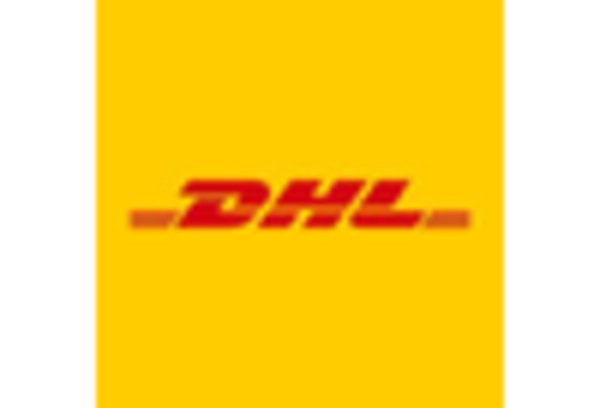
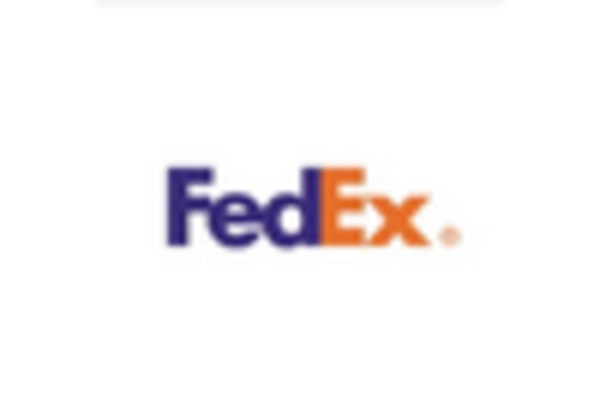
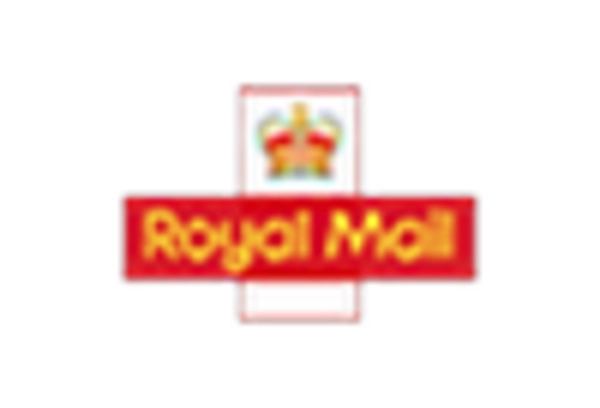
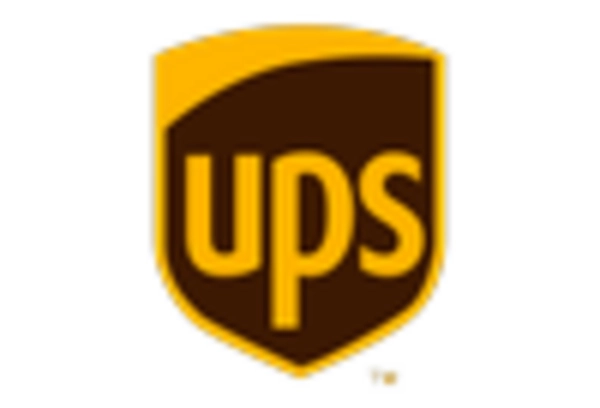
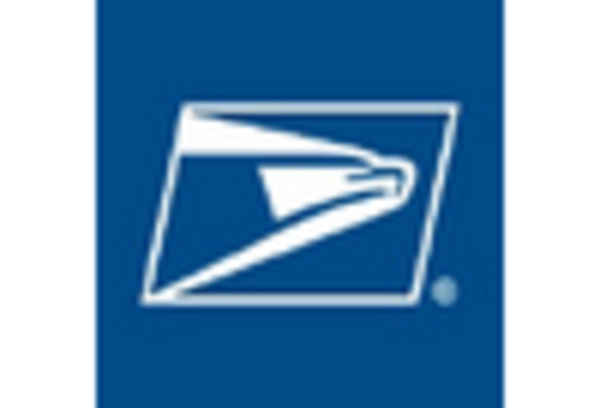








Leave a Comment